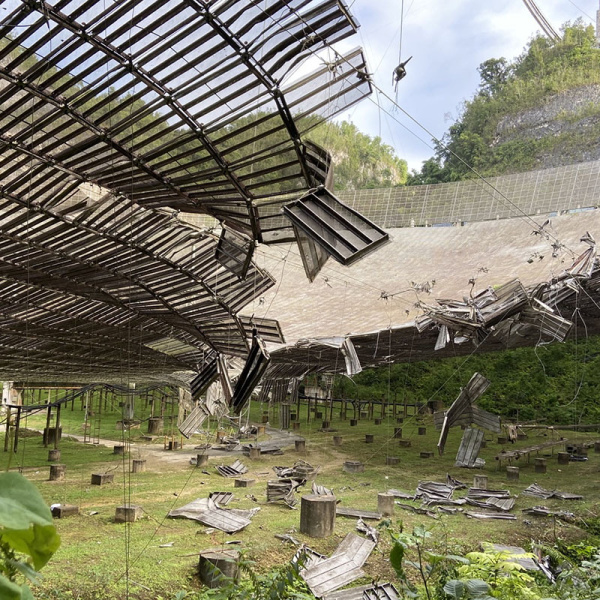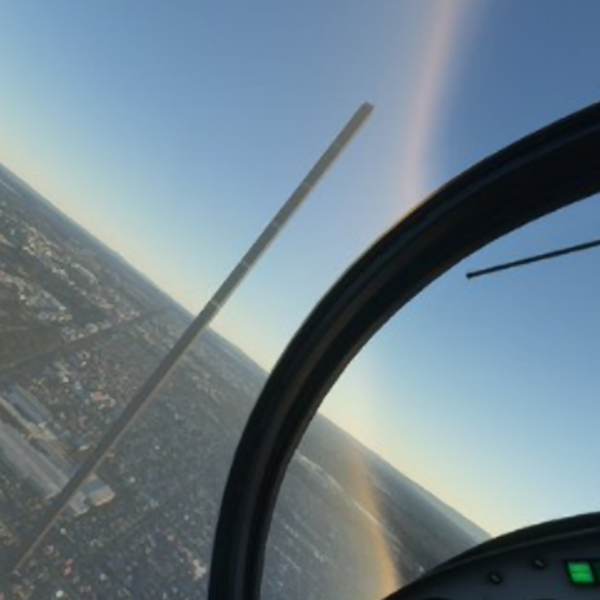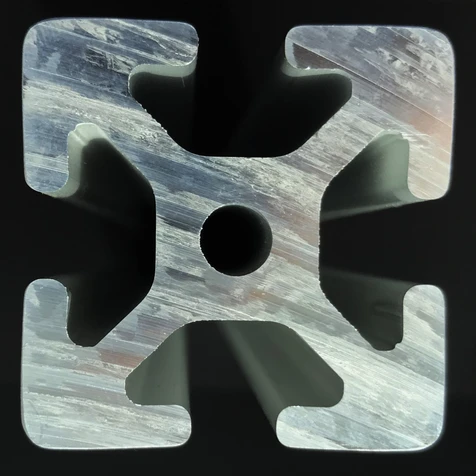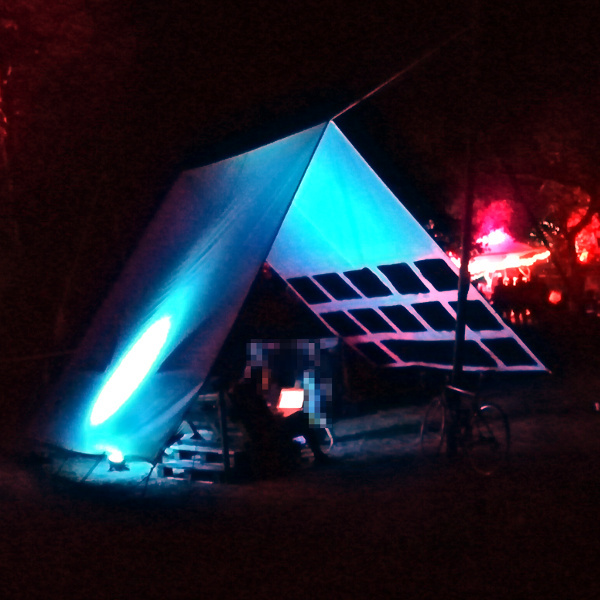Arduino Rig Does Spectrophotometry
- by:

Spectrophotometry is an important scientific tool, most commonly used in biology and chemistry. It’s a method to measure the amount of light absorbed by a chemical solution at various different wavelengths. While it’s typically the preserve of expensive lab equipment, [Daniel Hingston] built a rig to do the job at home.
The heart of the rig is a normal filament-based flashlight bulb, which produces good-quality white light containing all colors. A prism is then used to split the light into its component wavelengths, so that the sample can be tested across the whole light spectrum. The prism is rotated by a servo motor, which exposes the sample to the full rainbow, while an Arduino uses a light-dependent resistor to measure how much light makes it through the sample. Thus, the amount of light absorbed by the sample can be calculated, relative to calibrations made with no sample present.
It’s a simple build that can be achieved with fairly common materials, barring the prism which may need to be specially ordered. It would be a great way to teach highschool students about advanced scientific concepts, as well as showing them behind the curtain of how lab equipment works.
We see all kinds of DIY science gear around here; this lantern-based bioreactor is a great example. Video after the break.
2 thoughts on “Arduino Rig Does Spectrophotometry”
Cool, I’ve seen a similar _commercial_ device for use in Chemistry Labs (High School and College).
This meme from years ago comes to mind…
Leave a Reply
This site uses Akismet to reduce spam. Learn how your comment data is processed.
Search
Never miss a hack
Follow on facebook Follow on twitter Follow on youtube Follow on rss Contact us
Subscribe
If you missed it
Our Columns















